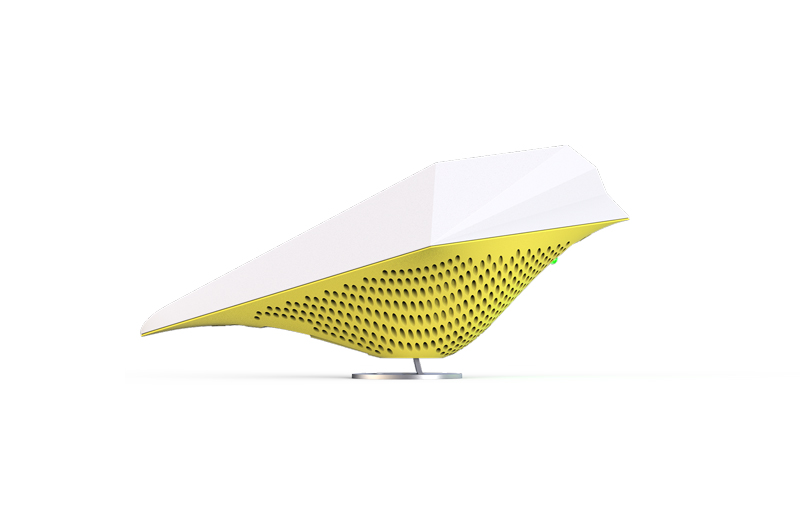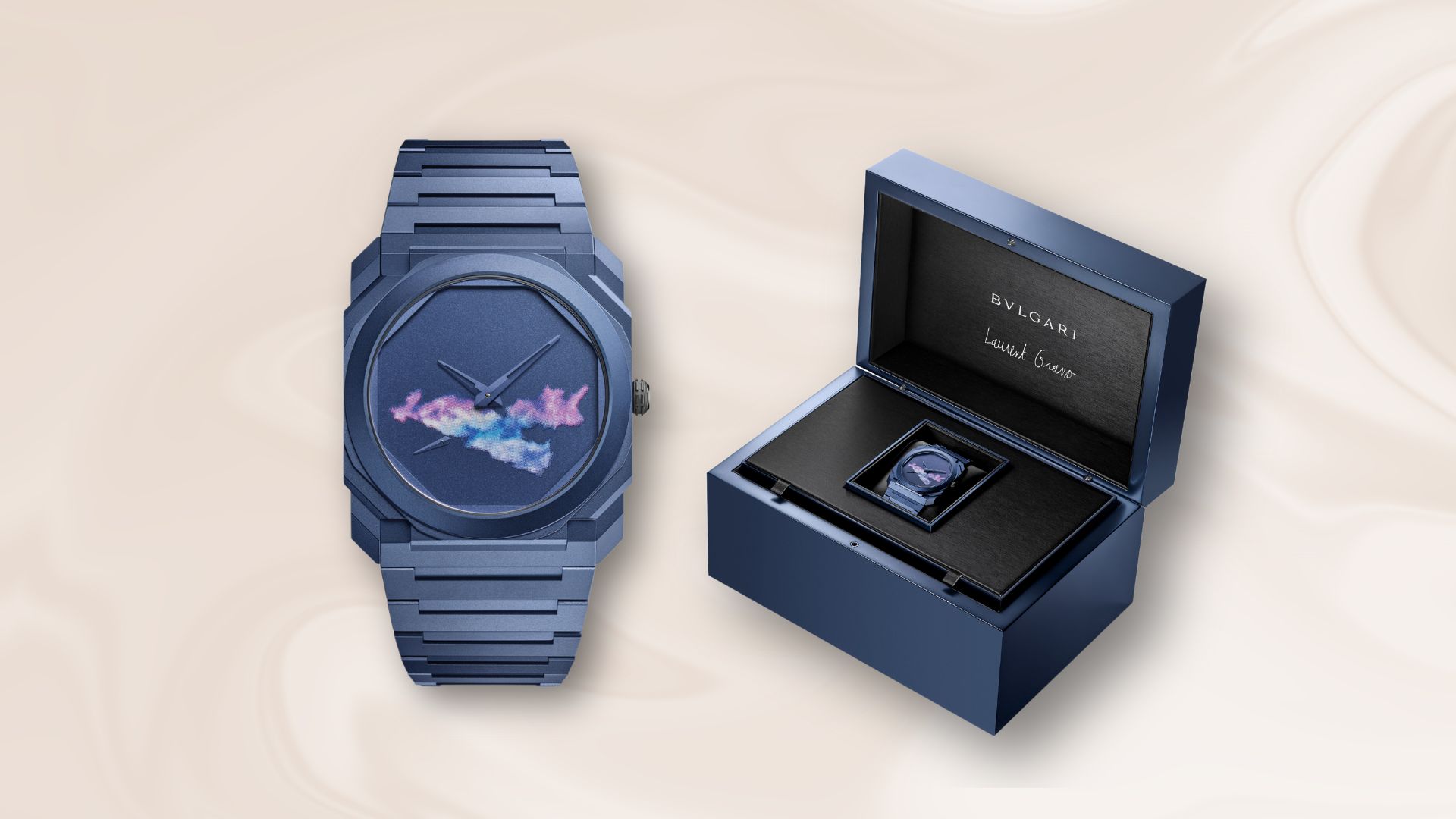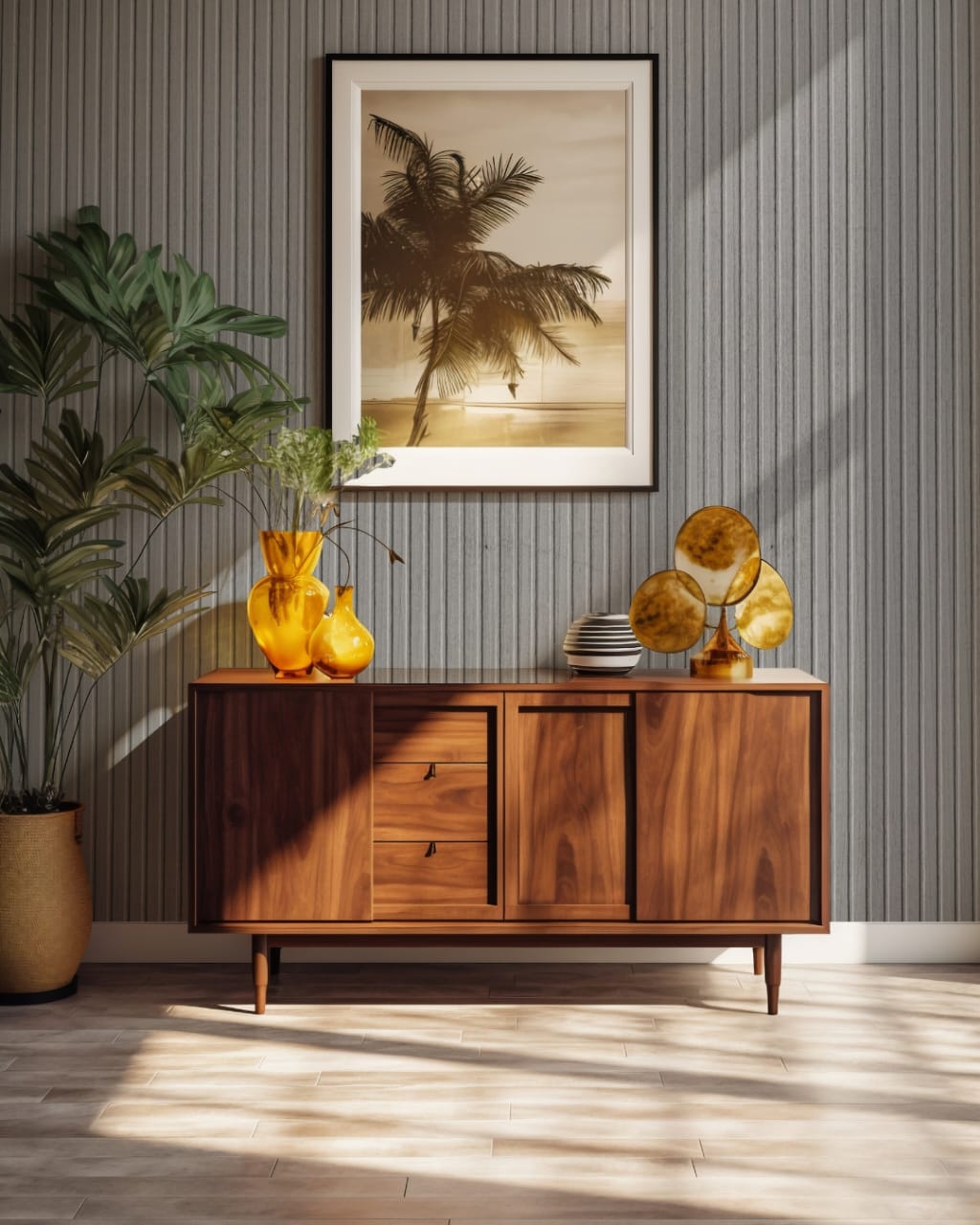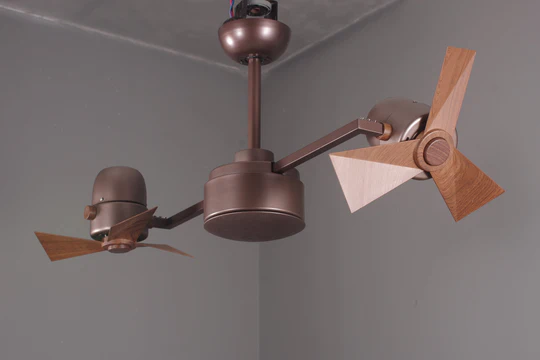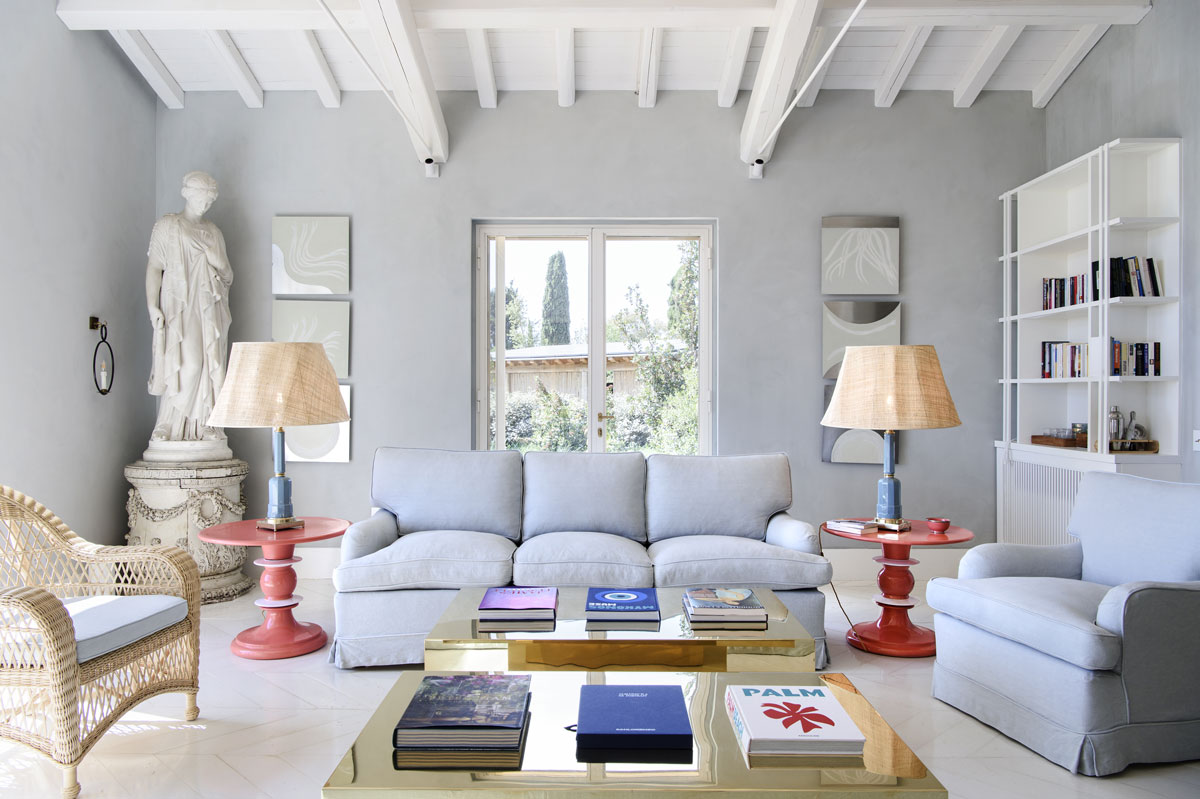The AirBird is a new interior gadget developed by a team of architects, data scientists, and a window manufacturer, bringing three sets of specialisms together to create a device for every environment. Described as an ‘indoor climate sensor,’ the AirBird is driven by tech and data analysis from Danish studio Leapcraft, with a playful form shaped by GXN, the ‘innovation unit’ spin-off of award-winning Danish architects 3XN. Finally, the window specialists VELUX have pitched in their manufacturing expertise.
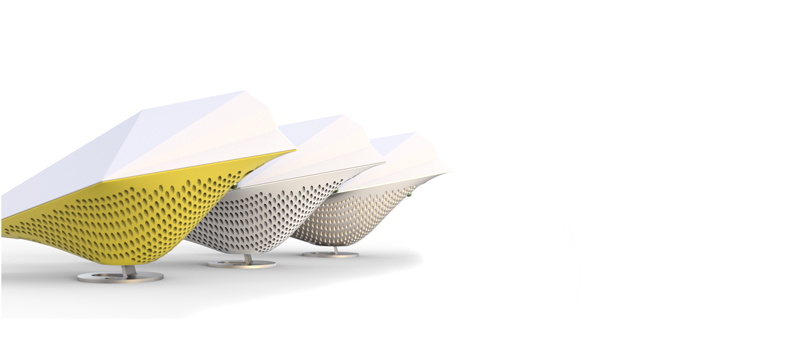
GXN has a track record of side missions to 3XN’s core projects, which include Copenhagen’s Blue Planet National Aquarium and Olympic House, the headquarters of the IOC in Lausanne, and our very own Hygge Christmas Market Pavilion in Kings Cross in 2016. GXN undertakes designs for digital systems, mapping user behavior and studying materials, new technologies, and the most sustainable approach to shaping and running a new building.
ALSO READ: Trifo Max is India’s First Home Surveillance Robot Cleaner Max
AirBird is essentially a C02 sensor, an increasingly useful device that is hooked up to an app and constantly monitors the levels of C02 in your home, office, or classroom. Using the grotesquely rudimentary but extremely effective metaphor of the canary in the coal mine, AirBird’s fate is less grim. Sensors detect C02 and humidity, and should either build up to unacceptable levels, the bird will chirp and flashlight, prompting you to open a window. This is no canary, but a rather more elegant and abstract origami-style bird form that’s designed to be wall-mounted or sat on a shelf.

